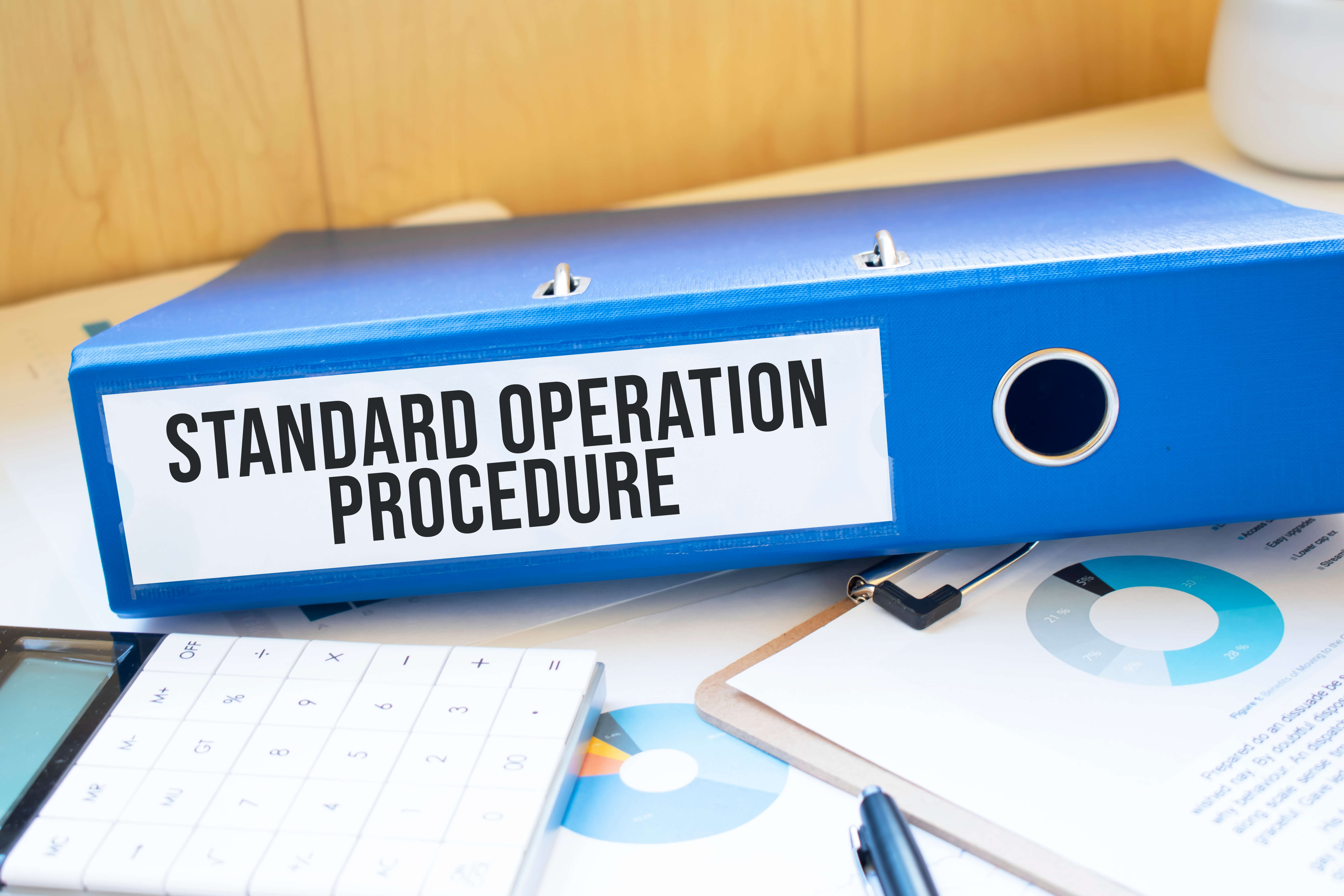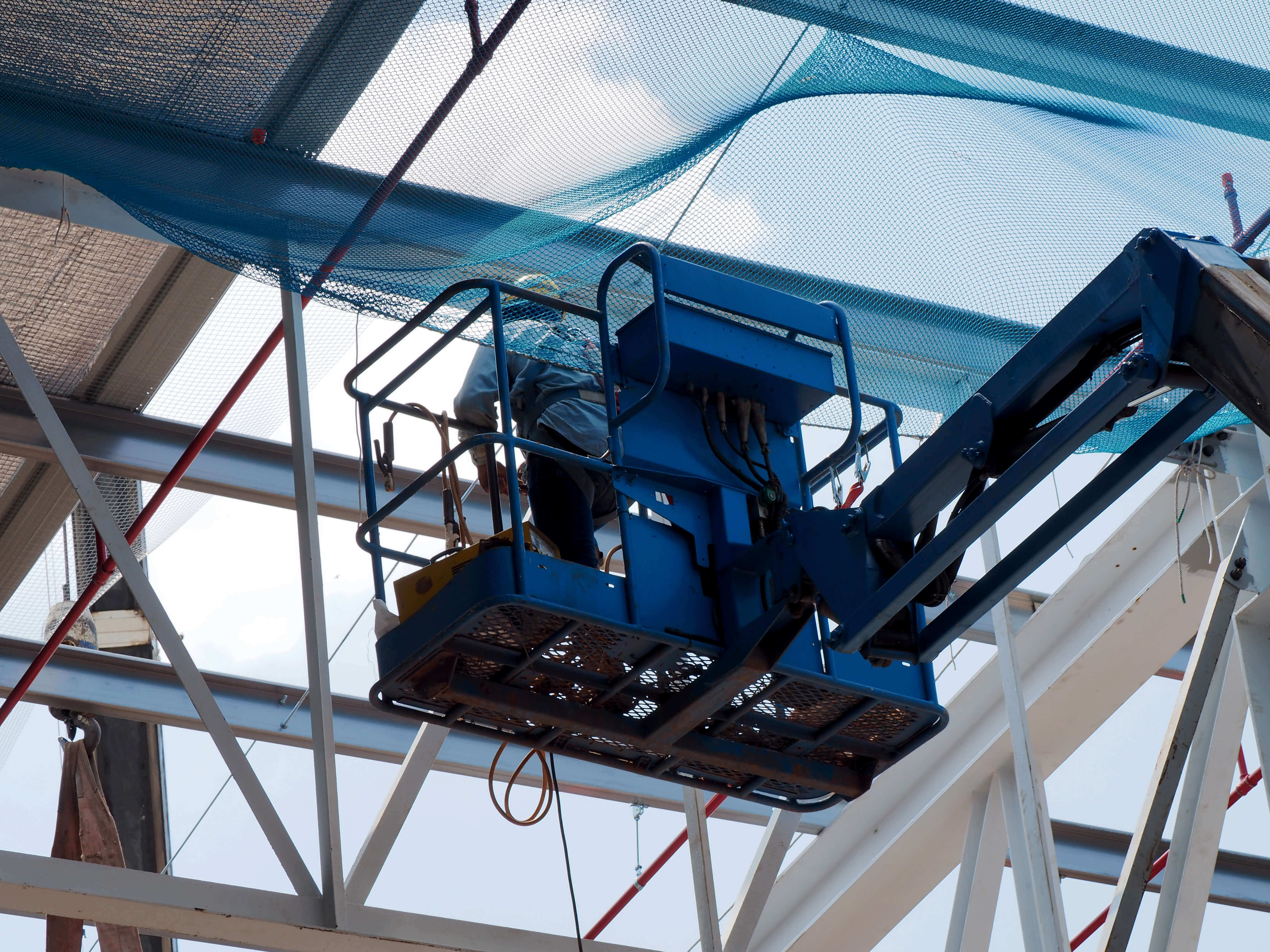All workplaces, no matter the size, industry or location, needs first aid. However, the nature of your business might mean you need extra measures. We’re here to tell you everything you need to know.
When is first aid at work needed?
No employee is immune to injury or illness. As an employer, you’re responsible for the safety and wellbeing of your staff. It’s your duty to ensure that adequate measures are in place to handle any illness or injury that occurs in the workplace.
That doesn’t mean you have to turn your workspace into a GP’s office. But, there is a minimum first-aid provision for workplaces that you legally have to comply with.
If you haven’t already, it’s worth conducting a first-aid needs assessment as part of your overall risk assessment. This will determine if your employees are at heightened risk of illness or injury. If they are, you should consider actions such as:
- Additional first-aiders
- Additional training on specific hazards/injuries
- Additional first-aid equipment
- Creating a first-aid room
What is the law on first aid at work?
The minimum provision is:
- A suitably stocked first-aid kit
- An appointed, competent person to oversee first-aid arrangements
- Accessible information for all employees on first-aid arrangements
There are no first aid at work regulations that dictate when you need a first-aider or how many you need. However, there is guidance available via the HSE. For example, if your employees work shifts, work at height, or sites with several buildings, you may need extra first-aiders.
Similarly, if the workplace contains chemical, dangerous machinery, or other hazards, you’ll need to increase resources accordingly.
What should be in a first aid kit at work
Again, there’s no mandatory list of items. Assess your workplace’s risks and add appropriate items. In a low-risk environment, you should include:
- A leaflet or booklet on basic first aid
- Individually wrapped, sterile plasters of assorted sizes
- Two sterile eye pads
- Six safety pins
- Four individually wrapped triangular bandages
- Six medium-sized, sterile, unmedicated wound dressings
- Two large, sterile, unmedicated wound dressings
- Several pairs of disposable gloves
These are merely guidelines. You should conduct and periodically review your first-aid needs assessment to see if your first aid kit can appropriately respond to all eventualities.
First aid at work training requirements
Your assessment might find that you don’t need a trained first-aider on the premises. If so, you should still appointment someone to take charge of first-aid arrangements. That way, in the unlikely event an accident or sudden illness does occur, there’s someone to take charge.
However, if your assessment finds that you do need an on-site first-aider, you’ve got to start thinking about training.
Depending on the work environment, you may need someone trained in first aid at work (FAW) or emergency first aid at work (EFAW).
EFAW training means employees will be able to administer emergency first aid at work. FAW training has the same content as EFAW, but allows the first-aider to respond to a range of specific illnesses and injuries.
It’s strongly recommended that all of your first-aiders undertake annual refresher training.
Other considerations
It’s important to inform your employees of the arrangements you’ve put into place. Put up notices that tell your staff who the first-aiders (or appointed persons) are, and where to find the first aid kit.
If you have employees with reading or language difficulties, you’ll need to make special arrangements so the information is accessible.
If you need further information or have a query about first aid, you can find more information on the first-aid web pages of the HSE’s website, or you can speak to a Croner health & safety expert on 0808 145 3380.
Related resources
Categories
- Business Advice
- Contracts & Documentation
- Culture & Performance
- Disciplinary & Grievances
- Dismissals & Conduct
- Employee Conduct
- Employment Law
- End of Contract
- Equality & Discrimination
- Health & Safety
- Hiring & Managing
- Leave & Absence
- Managing Health & Safety
- Moving
- Occupational Health
- Pay & Benefits
- Recruitment
- Risk & Welfare




